Sisu: Finnish Stoicism
Lessons learned from the Finnish way of life
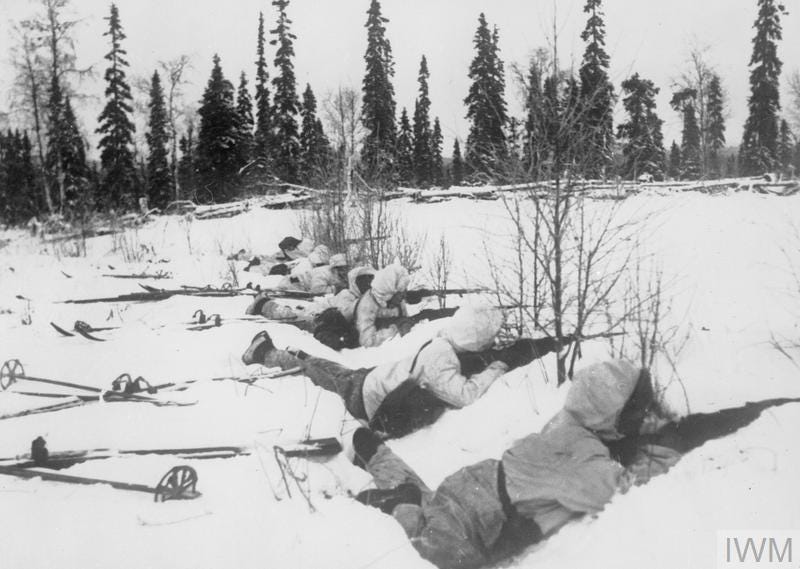
“With Sisu Anything is Possible”-Finnish Proverb
The word Sisu has become almost synonymous with the Russo-Finnish Winter War of 1939, despite the concept existing in some shape or form for the majority of Finnish history. If one were to ask a Finn what Sisu means in the English language they would struggle to properly put it into words and would instead prefer to show an individual what it truly means. However, in attempts at providing a proper definition, the words Stoic determination, tenacity, grit, bravery, and hardiness have been thrown around with varying degrees of success in properly informing an individual as to what it encompasses.
Many of the concepts evident within Sisu, may draw the reader back to what they believe are traditionally Stoic views. The resemblances truly are uncanny in several ways, such as the belief that individuals should put themselves through intense discomfort at least once a year. In the Finnish approach, individuals seek out a cabin with naught more than four walls and a roof. While the Stoic philosophers of the past often avoided comfort and would advocate sleeping on the floor and other such measures of discomfort. In doing so we can remind ourselves how little is truly required to live a good life and how our enjoyment of it should not be contingent on material objects.
Returning to the afore-mentioned war, which was evidence of the Stoic determination advocated in Scandinavian philosophy and also in its Hellenic counterpart. The war was quickly described as a David versus Goliath form of conflict, which the Soviets believed would end in a matter of days, they were however soon to be proven woefully unprepared for the Finns. The statistics in and of themselves immediately made for dire reading, as the Finns were outnumbered by more than two to one, had 32 tanks as to the Soviets’ 6,500, and in terms of aircraft, the Finns 114 compared to the Soviets’ 3,880 was less than ideal.
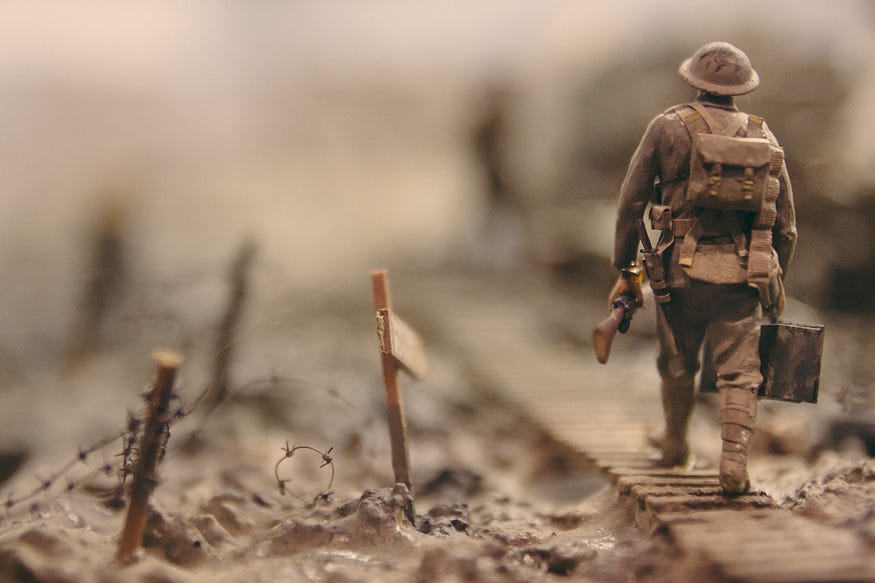
The Finnish armed forces were also entirely unprepared for the war. Reserves were called up to attempt to protect the sovereignty of their nation, yet there were not even uniforms for the soldiers who had joined the military forces. As such, it was required of many to create their uniforms before presenting themselves for service. To do so, the Finnish made use of their bed linen and other such white sheets to create properly camouflaged uniforms.
What followed was a display of collective resilience and determination which even Marcus Aurelius would have been proud of. Such individuals who were born and lived during the period have described it as an unparalleled example of national unity and strength in the face of overwhelming odds.
The author Joanna Nylund has commended this stubborn determination as being the primary reason her country maintained its independence at the time. The Finns only suffered 25,000 casualties whereas the Russians despite their vast superiority would endure closer to 200,000 casualties during the conflict. While the Russian war goal had been the entire annexation of the country, due to the valiant resistance posed by the Finnish forces, slight territorial concessions were made and the nation was saved.
“The bravest sight in the world is to see a great man struggling against adversity”-Seneca
This unwillingness to bend before the cruelty of circumstance always struck me as being distinctly Stoic in nature. While these concepts and ways of thinking more than likely developed independently of one another, I feel many parallels can be drawn and the national practice of Stoic principles has always been a heartening one for me. One possible explanation for the development of Sisu is the harsh climate and the tenacity required to settle this land giving rise to such a philosophy. This is summated by the Finnish phrase, “Läpi Harmaan Kiven” which translates to going through the granite, a notoriously tough rock that would require an unbending will to push ourselves through.
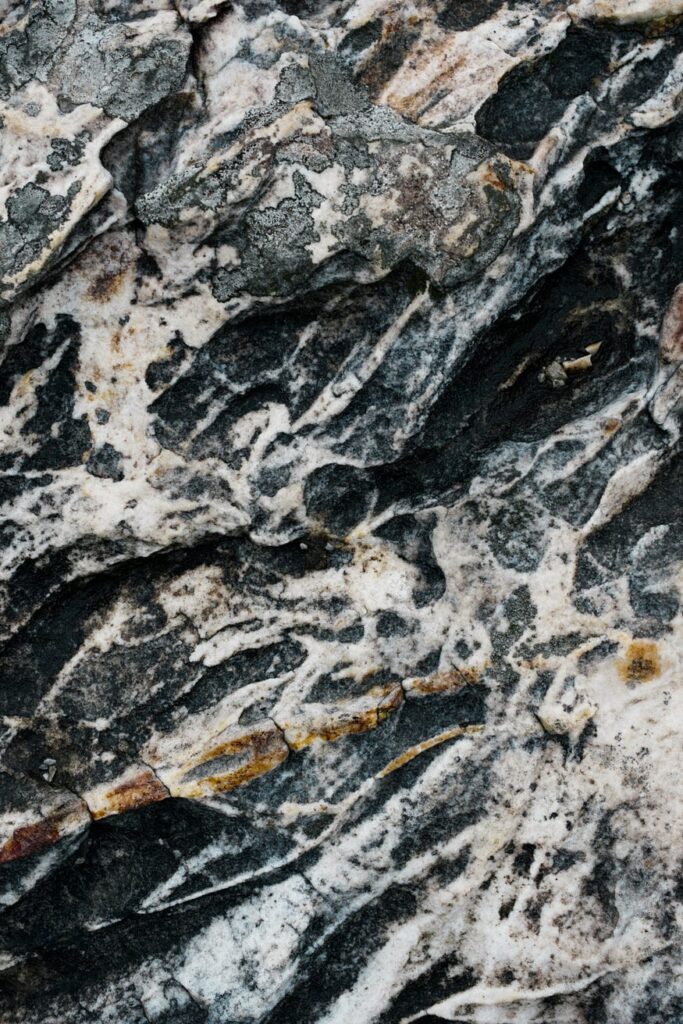
This ability to face down whatever may come whether it be the flames of hell or the chilling depths of high water and refuse to bend before it as espoused within Sisu is what is truly required of us in the current situation the world now faces. The pandemic and each of the difficult issues which came with it, provided for many a situation, with which we could affect no agency over and for which there seemed to be no visible end in sight for the majority of its lifetime.
Therefore a comparison to the Winter War, while not fully doing the warriors of these frozen battlefields justice, could allow us to see just how the power of solidarity and community melded with Stoic principles could get us through these difficult times. Whether it was the strength of a family member despite a difficult work or home situation, which inspired us to continue ever onwards. Or seeing the wonderful work of the front-line members of the medical community, risking so much for every one of us in the course of their usual day.
It may seem illogical but in the times in which we seemed most likely to struggle, we came together as a people, a single human race in compassion and strengthened solidarity which has not emerged for many years.
The Finns despite practicing such grim determination in their lives have also consistently been ranked as the happiest country in the world also. Again this may seem paradoxical and it is also worth noting that this is a recurring theme concerning the Finnish people. Yet this is where the concept of happiness must be questioned and examined using a Stoic lens.
“Very little is needed to make a happy life; it is all within yourself, in your way of thinking.”-Marcus Aurelius
Traditional happiness has often been defined as being based on external concepts such as; fame, power, and wealth, over which we can exert no true control. By relying solely upon such items and elements of life, we make ourselves slaves to the whims of the Goddess Fortuna. Who can take every one of these things from us at any given moment, without apparent reason leaving us feeling the void of their absence even more so than we should realistically have felt.
Yet for the Finns and the Stoics respectively, engaging in conduct that we can be proud of and we know to be the right decision at that time, is sufficient to provide us with the happiness we so desire. It is in this area however that Sisu and Stoicism diverge somewhat.
Sisu focuses on the community, whereas Stoicism emphasizes the individual. The Finns who practice Sisu derive happiness from the community that they are so proud to be a part of and engage in furthering its evident virtue. Yet for a Stoic, we focus on what is in our control; our thoughts and our actions, the community is there to be improved by our toil and sweat, yet it is in the achievement of our own personal virtue that true Stoic happiness is achieved.
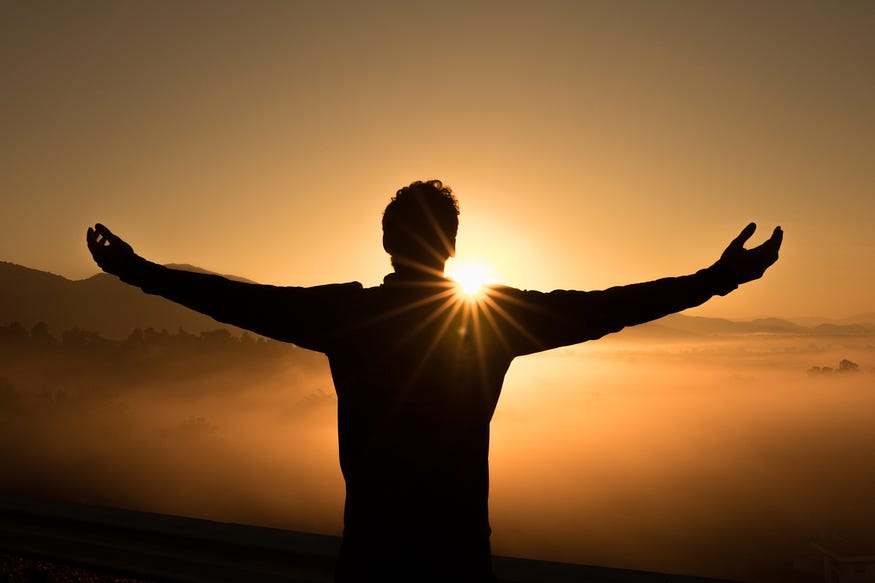
Yet at the present moment with so much lying behind the grey shade of uncertainty, any Stoic could draw a form of consideration from our Finnish compatriots. The need for a greater emphasis on the community and lending our aid to those of us who may be struggling is pre-eminent at present. While our contribution may seem small at the current moment, this hope of attaining true public virtue will never be lost as long as we continue to do what is required of us for others. Whether this is through personal sacrifice for others or the simple allowance that being there for another can make all the difference.
Another similarity between the Stoics and the Finns is that in the practice of their hardy philosophies they oftentimes ask of their practitioners to put themselves through uncomfortable situations. The Stoics would often attempt to live with as little as was necessary, often sleeping on hard floors and going without the luxuries that would often be associated with living the good life.
The Finns emulate this by making use of their climate, whether it is running in freezing temperatures or making use of the tradition of the Summer Cottage. This is where, as a part of a holiday usually for between two and three weeks, the Finns will go and spend time in a cottage which is effectively four walls and a roof, with no running water or electricity.
It also allows for individuals to reconnect with nature, having enjoyed such cushioned lives with regulated temperatures and other such modern commodities. In doing so and renewing this connection to nature we also learn to love the unpredictability and interconnectivity of the world we live in.
This also hearkens back to the belief that very little is required for one to be happy and in putting ourselves through such uncomfortable situations we grow and learn what we are truly capable of enduring in the process. Learning who we are through this ability to endure and survive whatever is thrown our way, no matter how negative it is in that given moment.
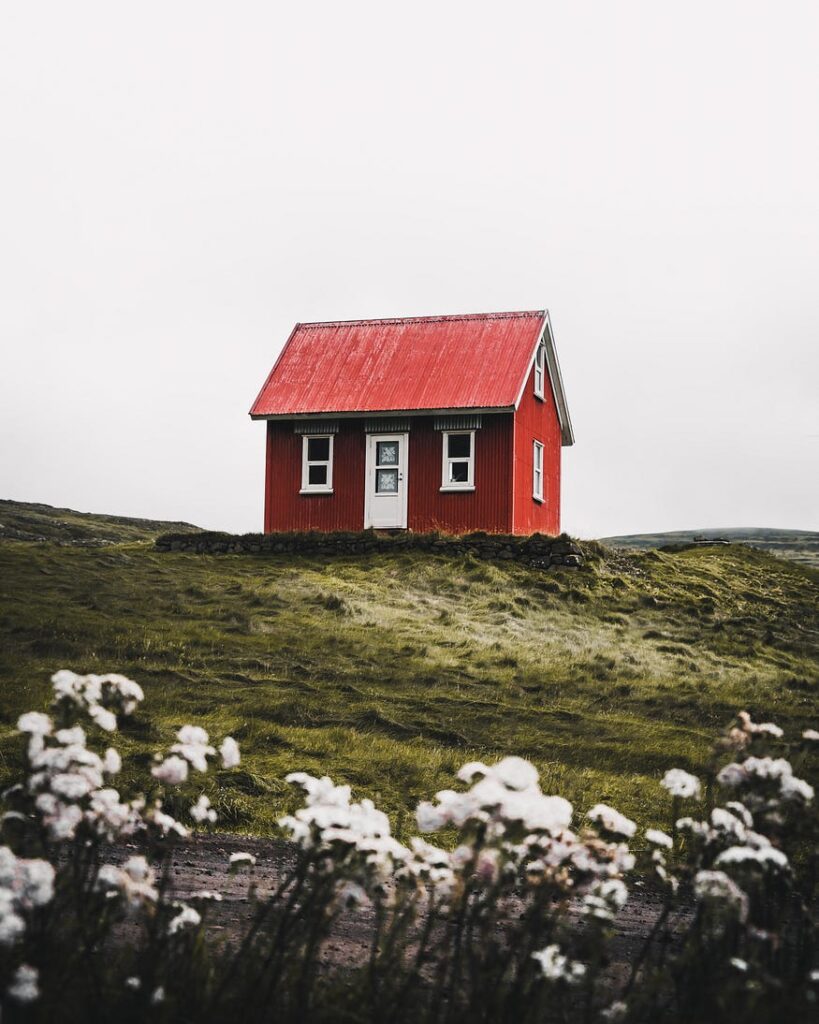
Being harsh on ourselves is often criticized as being a practice we should cut out and while I will openly admit there are times when we should be kind to ourselves. Sometimes in attempting to reach the versions of ourselves we hope to become and to maintain the standards we have set for ourselves, a little bit of harsh self-criticism is often required to maintain the true course we have set out for ourselves. We may feel fragile in many ways now more than ever, but looking to the past we can see that not only will we survive such cruel circumstances but it also provides an opportunity to thrive through such hardships.
“The mind adapts and converts to its own purposes the obstacle to our acting. The impediment to action advances action. What stands in the way becomes the way.”-Marcus Aurelius
Another pillar of Sisu allows that to truly decide who we are to become we must first understand who we are. The only way to do so is through silence and solitude, coming face to face with the demons we so often shy away from in that given moment and not being afraid of facing the consequences of who we have allowed ourselves to become.
Solitude aids in this process, as we are not reacting to others and the expectations they place upon us, which in many instances we play into morphing ourselves into a version of ourselves rather than its true form. To take a few moments to center ourselves, away from the pull of social media and the necessities of our social connections.
Only by engaging in such introspection can we achieve a degree of serenity and inner peacefulness. This can allow one to decide upon what actions will be required in the coming weeks, months, or years to attain the degree of personal virtue we wish to be capable of practicing in our everyday lives. This can be combined with putting ourselves through hardship, to engage in a journey of self-discovery which can be of benefit to anyone in the modern day when it is so easy for us to lose sight of what is truly important.
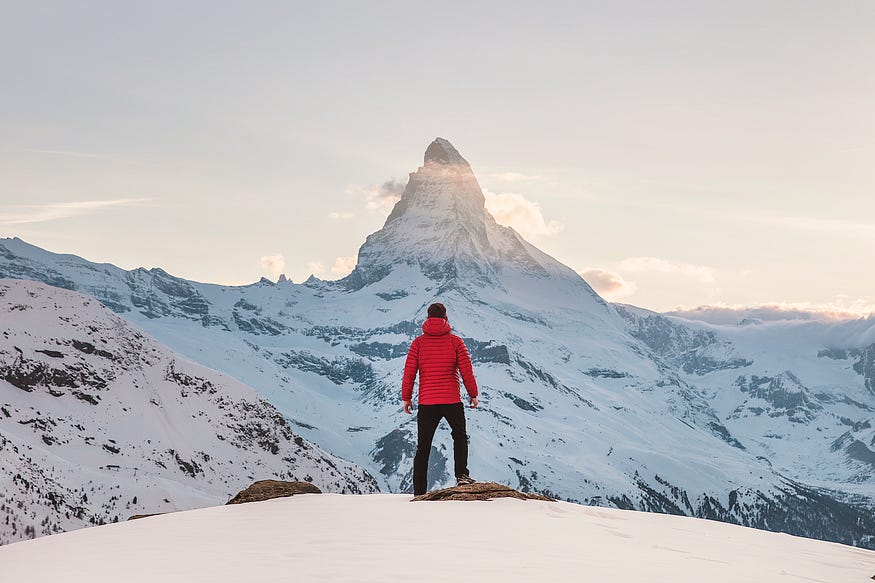
As a practicing Stoic for the past eight years, I have been guilty I suppose of focusing solely upon the lessons brought to us by the Ancient Stoics; Marcus Aurelius, Seneca, and Epictetus among others to the exclusion of other forms of thought which could prove useful in my own circumstances. Yet as I get older and more acquainted with the Stoic perspective, I have begun to broaden my reading list somewhat. Taking what I find useful and implementing it into my life to varying degrees of success. While also discarding the elements of such a thought process if it is not compatible with my Stoic outlook.
This has led me to delve into the example of Sisu and to try to make use of its precepts to ensure I continue to improve and grow as a person, during a period in which stagnation has become the norm. So from what I have taken from the doctrine and learned in attempting to cultivate my own Sisu; I have tried to embrace discomfort where possible, embrace silence and the overarching power of nature in such a process by disconnecting from outside influences, and continue to make use of the inner reservoir of strength available to all of us.
Sisu in particular is wonderfully compatible with Stoicism, with both philosophies complimenting and dovetailing with one another. I would recommend for any Stoics out there to read into the Scandinavian philosophy and see if as was the case for me, any of its fundamental precepts may be worth implementing into their lives.
To live is to learn through a day-by-day process of gradual improvement and in doing so we can become better more virtuous people in this undertaking, by being both Stoics and cultivating our own Sisu.
“Do something every day for no other reason than you would rather not do it, so that when the hour of dire need draws nigh, it may find you not unnerved and untrained to stand the test”-William James



